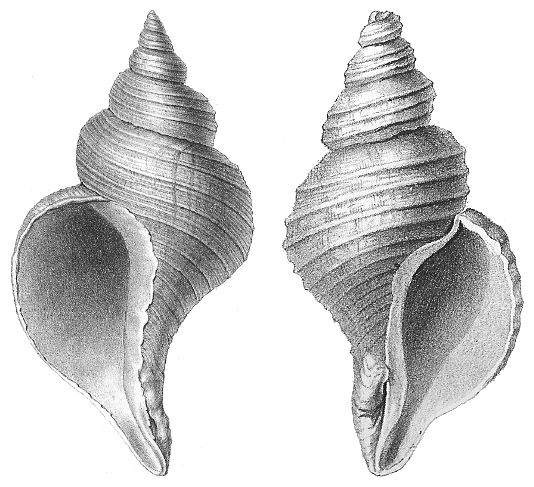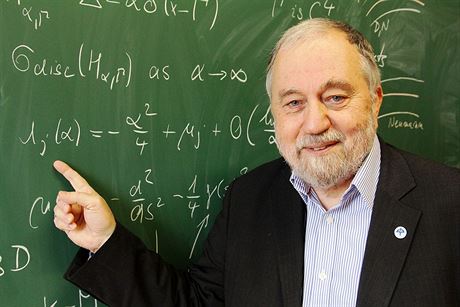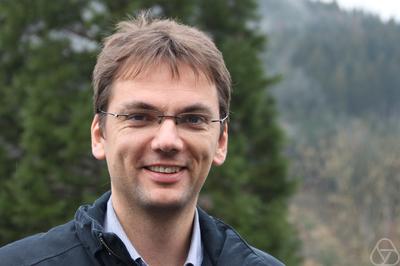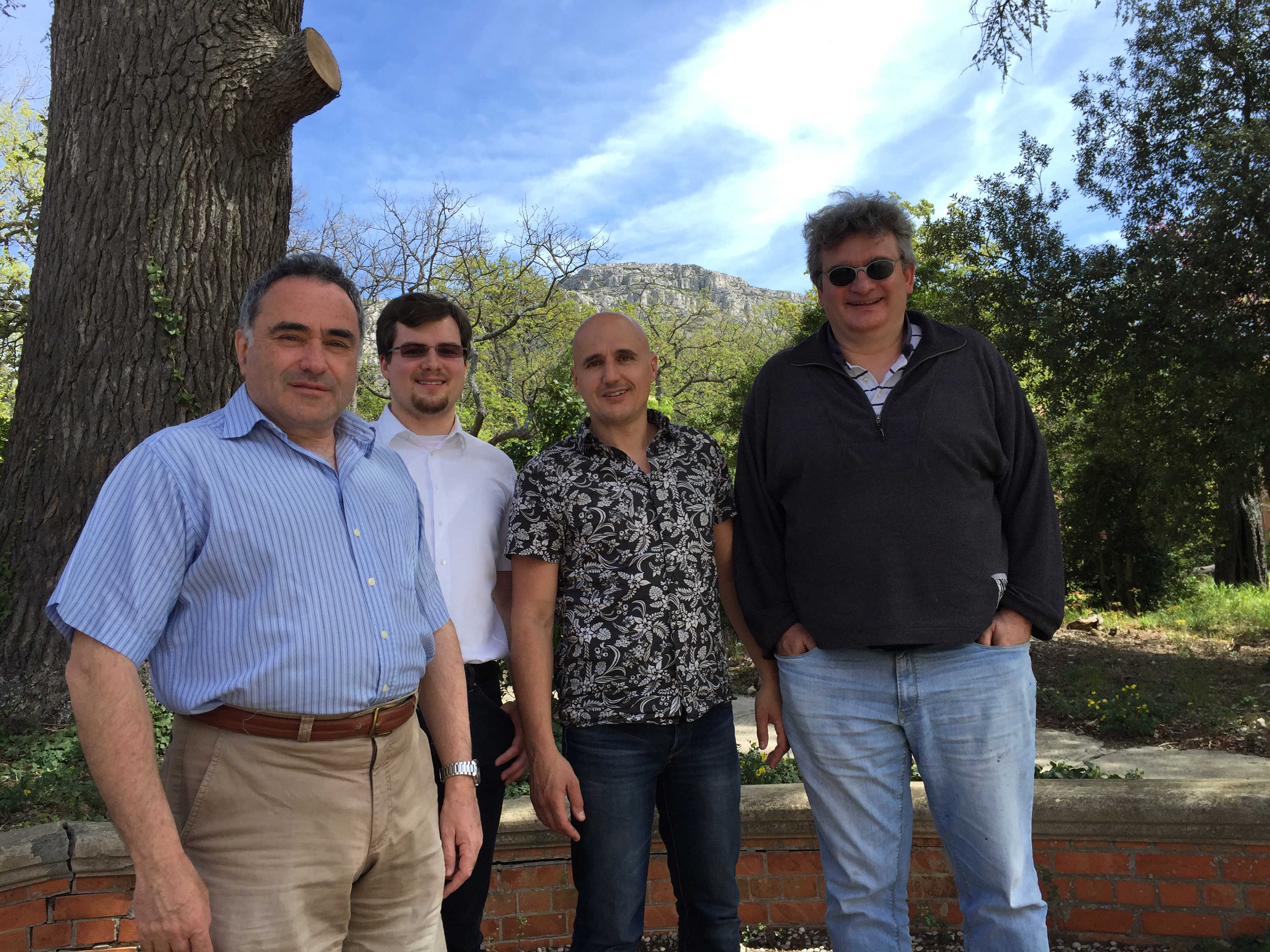
Almost one year has passed since the start of the Collaborative Research Center (CRC) 1173 – time for the First Annual Meeting. It took place in the Bildungshaus St. Bernhard in Rastatt from April 4th till April 8th. About 70 people – from Ph.D. students to professors – took part. Most of them were from the KIT Department of Mathematics, while some came from Stuttgart and Tübingen, and from the KIT Departments of Physics and Electrical Engineering.

Poster session
The most important part of the meeting were the scientific talks. Each project was presented by an overview talk, which was given by one or two of its principal investigators. Additionally, several of the Ph.D. students got the opportunity to present the current state of their research.





